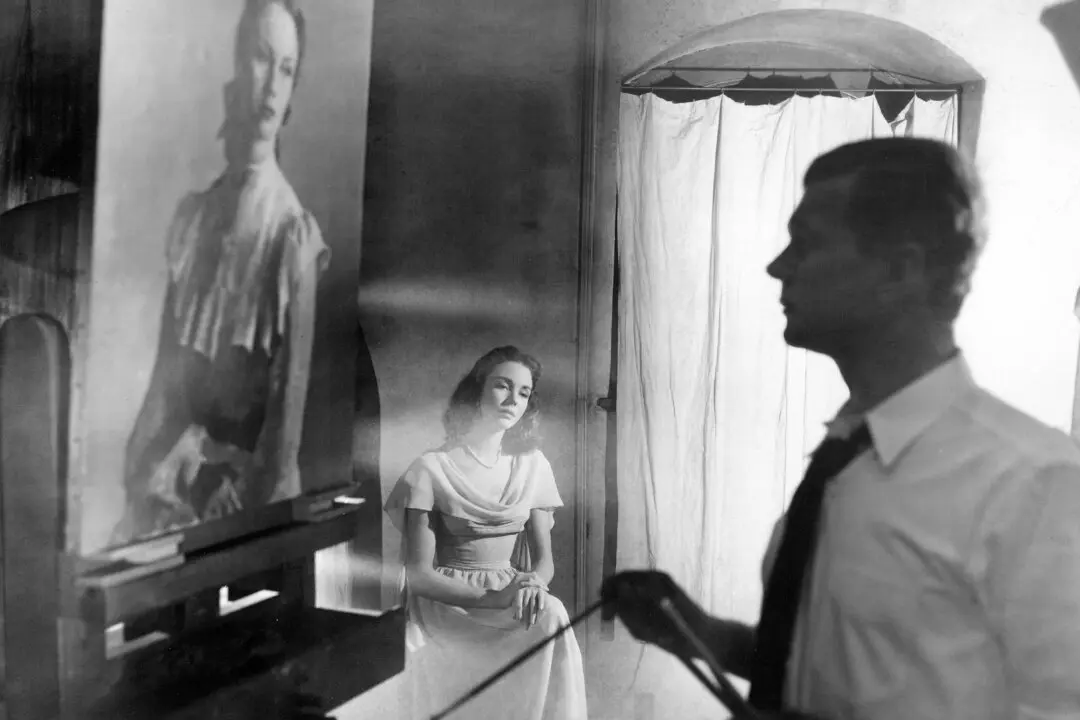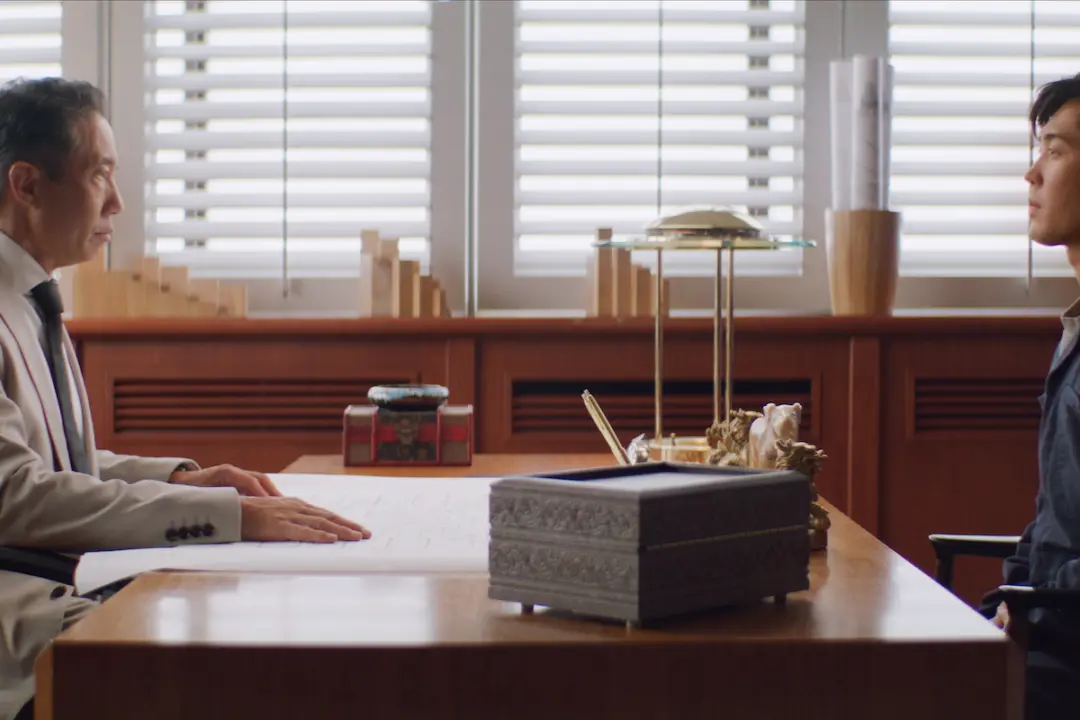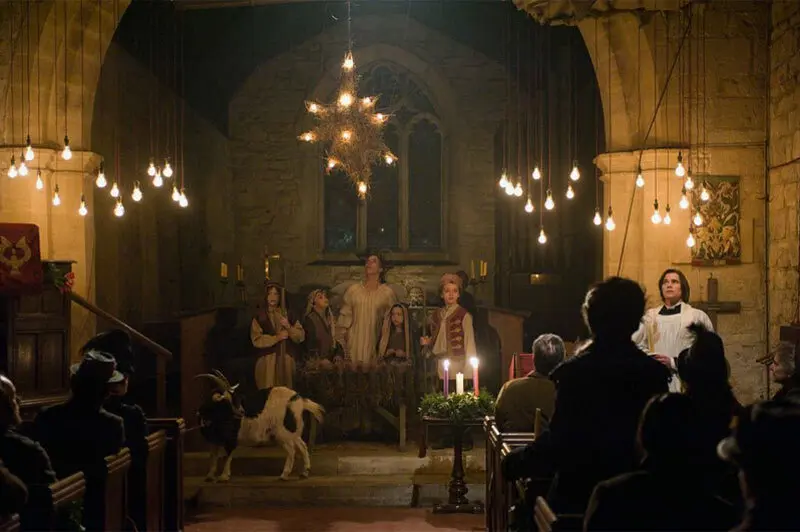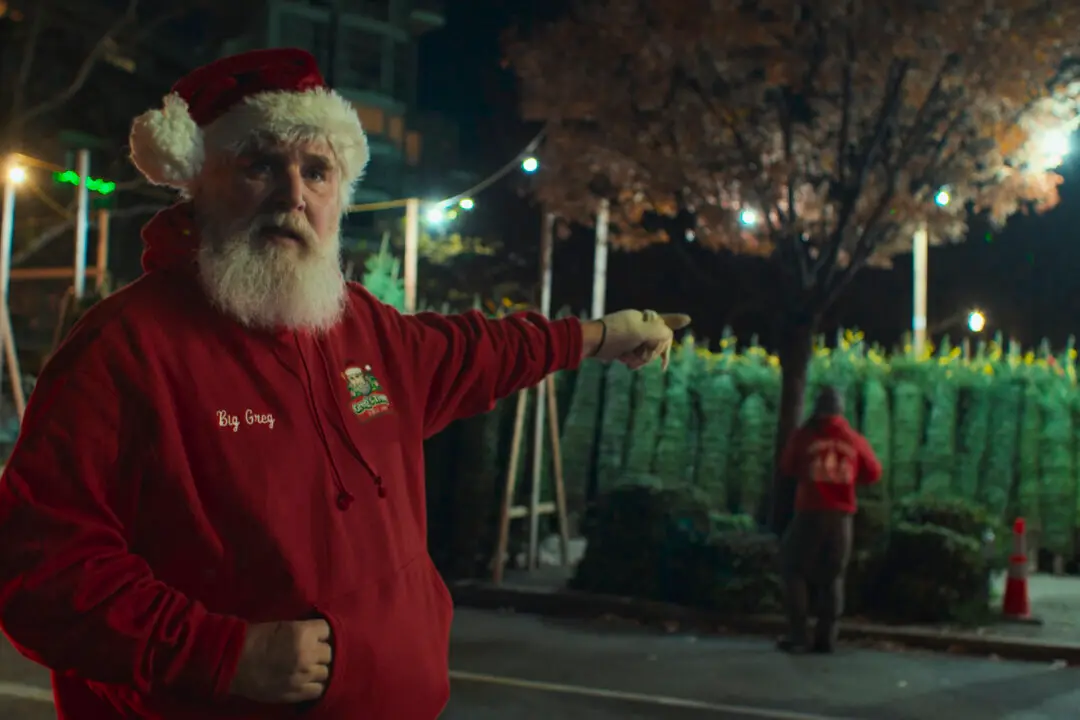PG | 1h 37min | Science Fiction, Thriller | 1973
Before he became a sci-fi writer, Harry Harrison was an illustrator for sci-fi comics. His most famous novel, “Make Room! Make Room!” (1966), was so visually compelling that filmmaker Richard Fleischer adapted it into the dystopian thriller “Soylent Green” (1973), based on Stanley R. Greenberg’s screenplay.




